
How to Distinguish Shrimp Injected with Impurities: Easy Tips to Protect Your Health
Shrimp is a popular seafood enjoyed by people all around the world. Whether it’s cooked in a flavorful curry, grilled on the barbecue, or added to a salad, shrimp adds a unique taste and texture to various dishes. However, the quality of shrimp can sometimes be questionable. Due to their high demand, some shrimp are artificially enhanced with additives, chemicals, or injected with impurities to make them appear fresher and more appealing to consumers.
These practices not only undermine the quality of the seafood but also pose a significant risk to human health. Knowing how to distinguish between good-quality shrimp and those that may have been tampered with is essential to ensure you are consuming safe and nutritious food. In this article, we’ll explore several easy and effective ways to identify shrimp that may have been injected with harmful substances, as well as tips on selecting the best seafood.
1. Check the Appearance and Color of the Shrimp
One of the most noticeable signs of shrimp that has been tampered with is its appearance. Healthy, fresh shrimp typically has a translucent, slightly greyish or light pink hue. However, shrimp that has been injected with chemicals or preservatives may have an unusually bright and vibrant color. If the shrimp appears unnaturally bright pink or orange, it could be a sign that the shrimp has been treated with additives to enhance its color.
Another telltale sign is the shrimp’s size. While shrimp naturally vary in size, some vendors may inject shrimp with water or chemicals to artificially inflate their size. Larger shrimp may look plump and firm, but these can be a red flag, as they may have been enhanced to look more appealing.
2. Inspect the Texture of the Shrimp
Fresh shrimp should have a firm texture and spring back when pressed. If the shrimp feels unusually soft or mushy, this could indicate that it has been injected with water or other substances to increase its weight. Impurities like water can alter the texture of the shrimp, making it less firm and more rubbery when cooked.
Additionally, fresh shrimp should not appear slimy. If the shrimp has a slimy coating or an odd sticky texture, this could be a sign of spoilage or chemical treatment.
3. Smell the Shrimp
Fresh shrimp should have a mild, clean sea scent. A strong, pungent odor is a sign that the shrimp may not be fresh or could have been exposed to harmful chemicals. Shrimp that has been injected with preservatives may have an odd or chemical-like odor that is not typical of fresh seafood. If you encounter shrimp with a strong, off-putting smell, it’s best to avoid purchasing it.
4. Examine the Shell
The shell of fresh shrimp should be intact and free of any discoloration or excessive bruising. If the shell is broken, cracked, or has an unnatural sheen, this may be an indication that the shrimp has been treated with artificial chemicals. The shell of fresh shrimp should not be excessively slippery either—if it feels slimy, this could indicate improper handling or contamination.
Another important detail to observe is the sheen of the shell. Shrimp with an unnatural glossy finish may have been treated with wax or other substances to make them look shinier and more appealing. Such treatments are not only unnecessary but can be harmful.
5. Check the Legs and Antennae
The legs and antennae of shrimp can also provide clues about their freshness. Shrimp that has been injected with water or chemicals often lose their legs more easily during handling. If the legs are missing or easily fall off when touched, it could be an indication that the shrimp has been altered. Fresh shrimp should have legs that are firmly attached.
The antennae should also be intact and not overly soft. Damaged or weak antennae can suggest poor handling or chemical treatment.
6. Frozen Shrimp? Pay Attention to Ice Crystals
Frozen shrimp is often a convenient option, but it’s important to know how to assess its quality. When purchasing frozen shrimp, pay attention to the presence of ice crystals inside the packaging. Excessive ice or frost buildup on frozen shrimp can indicate that the shrimp has been thawed and refrozen. This process not only affects the shrimp’s texture and flavor but may also signal that the shrimp has been improperly handled or stored.
In addition, a large amount of ice in the packaging may suggest that the shrimp was artificially injected with water to increase weight before freezing. Fresh, high-quality frozen shrimp should have minimal ice or frost buildup.
7. Read the Label or Ask Questions
If you are buying shrimp from a grocery store or seafood market, take the time to read the packaging label. Trusted suppliers will often provide information about how their shrimp is sourced, including whether it has been treated with any chemicals or preservatives. Look for labels that mention "chemical-free" or "additive-free" to ensure that the shrimp has not been tampered with.
If the packaging is unclear or lacks sufficient information, don’t hesitate to ask the vendor about the source of the shrimp and how it was handled. Responsible seafood suppliers should be transparent about their practices and willing to provide information on the shrimp’s quality.
8. Ask About the Source of the Shrimp
Knowing the source of the shrimp is an essential step in ensuring you’re purchasing high-quality, safe seafood. Shrimp from reputable, sustainable sources are less likely to be tampered with or treated with harmful chemicals. Look for shrimp that has been certified by organizations that promote ethical and sustainable seafood practices. Wild-caught shrimp, as opposed to farmed shrimp, often have a better reputation for being free from harmful additives.
9. Trust Your Senses
Ultimately, one of the best ways to distinguish shrimp that has been injected with impurities is to trust your senses. If something seems off—whether it’s the color, texture, smell, or overall appearance of the shrimp—it’s better to err on the side of caution. High-quality shrimp should look, feel, and smell fresh. If you’re unsure, don’t hesitate to ask for advice or seek out a trusted supplier who can provide you with more information.
Conclusion
Ensuring that the shrimp you consume is fresh, healthy, and free from harmful additives is essential for both taste and safety. By following the simple tips outlined above—checking the appearance, texture, smell, and source of the shrimp—you can easily distinguish shrimp that has been injected with impurities from those that are naturally fresh. This will not only protect your health but also ensure that you are enjoying seafood that meets the highest quality standards.
Next time you’re in the market for shrimp, take a few moments to carefully inspect the product before making your purchase. Your health and enjoyment depend on it!
News in the same category

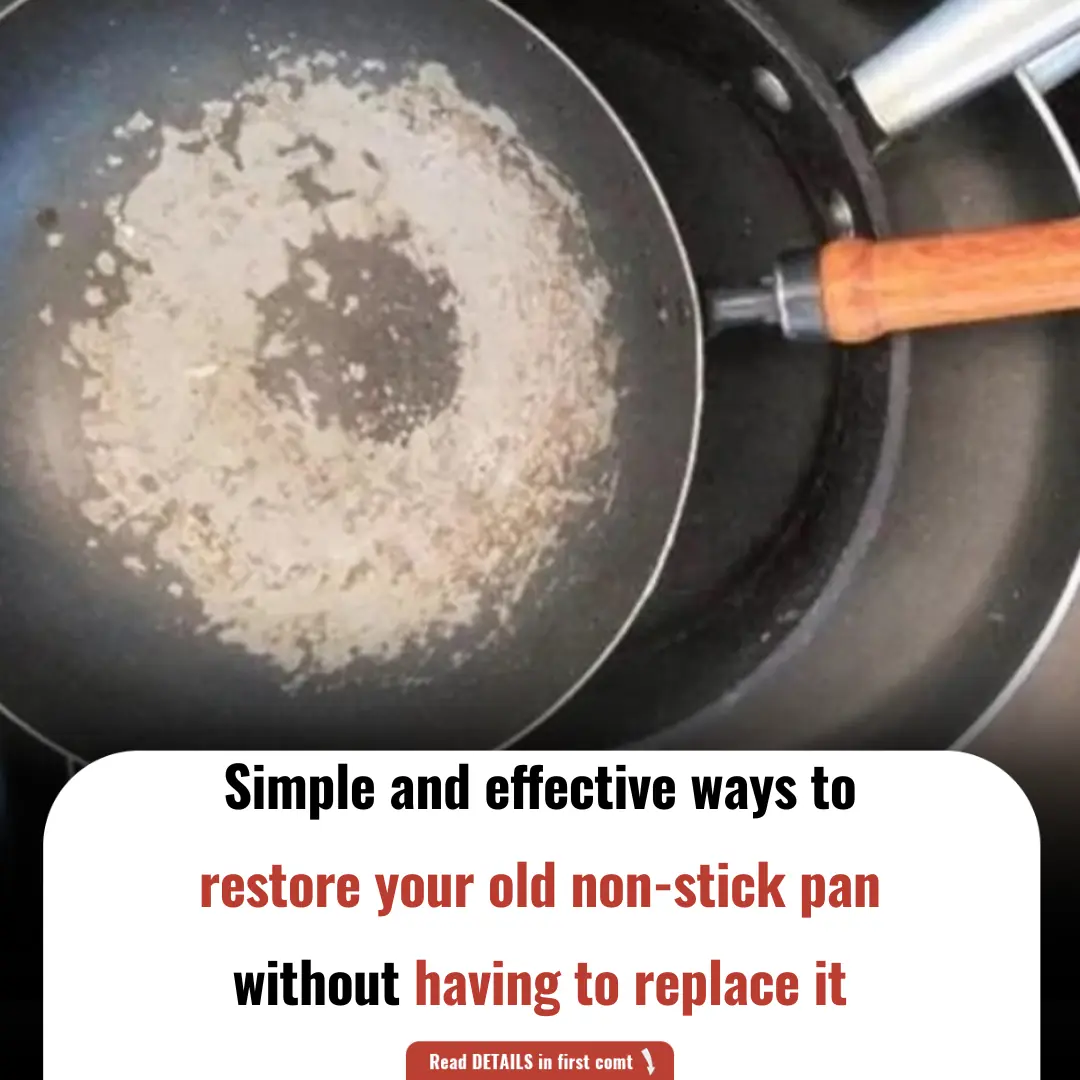
Simple and Effective Ways to Restore Your Non-Stick Pan Without Having to Replace It
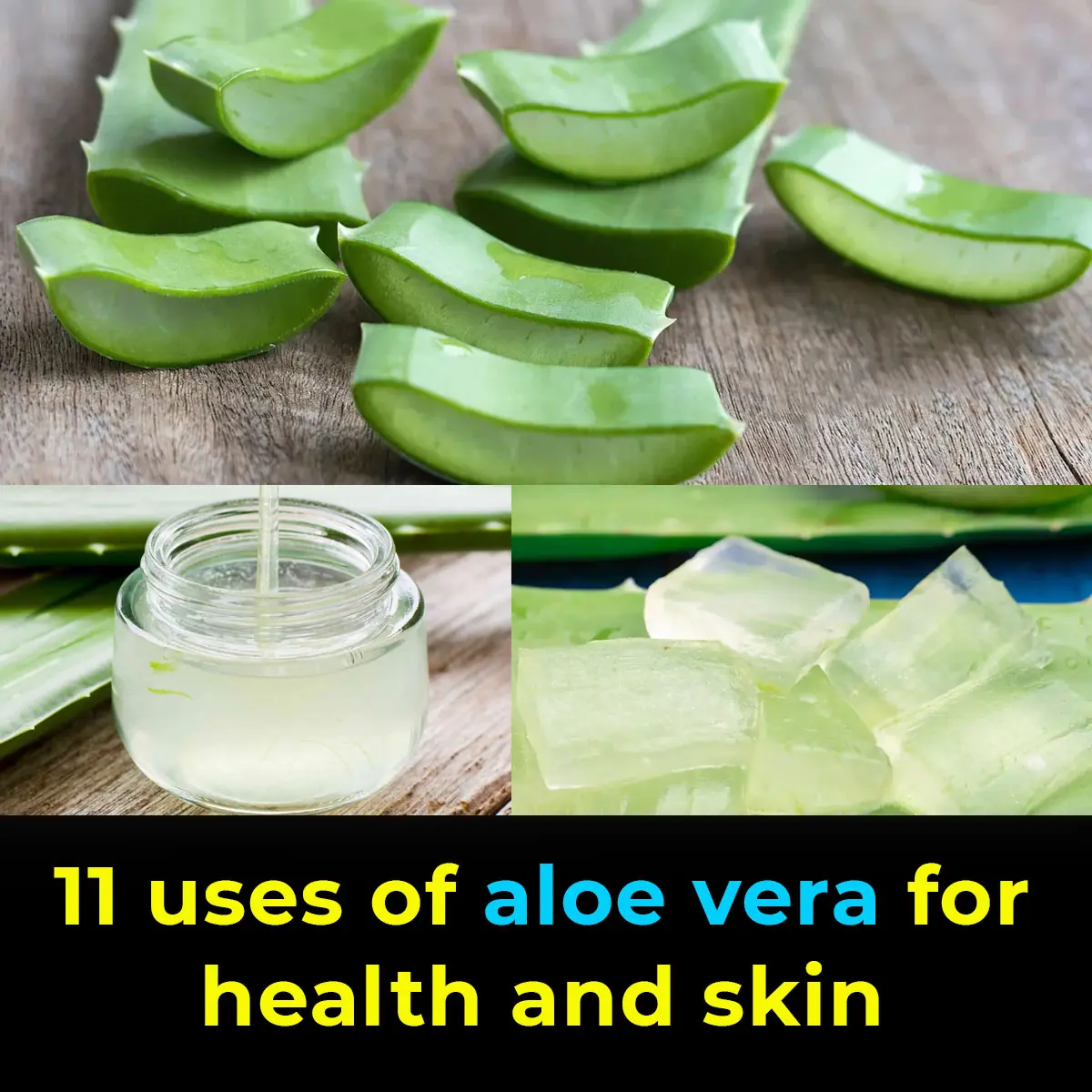
How to Use Aloe: 11 Benefits for Skin Care, Digestion and More

Snake enter the house, prevention methods and practices

Clogged Water Pipes? This Simple Trick Solves It Easily Without Needing to Call a Plumber
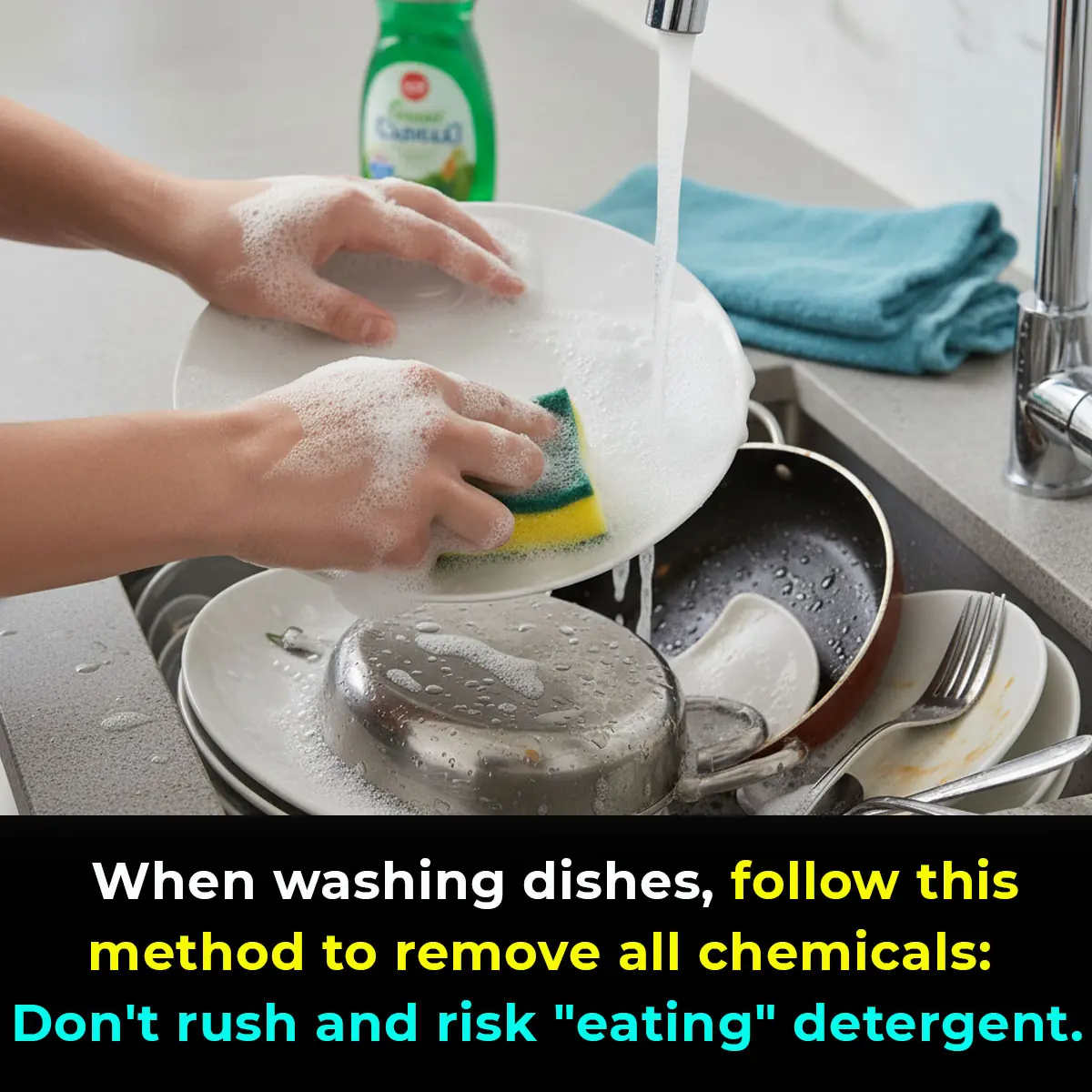
When washing dishes, follow this method to remove all chemicals: Don't rush and risk "eating" detergent.

Put the Small Egg Tray into the Super Fast Heating Oven, the Utility That Every Home Needs, Many People Don't Know

Do You Need to Unplug the Rice Cooker After Cooking? The Answer Is Truly Unexpected

Place One Garlic Clove in Each Room to Absorb All Bacteria, Viruses, and Prevent the Flu in the House

4 Easy and Cost-Free Ways to Remove Yellow Sweat Stains from White Shirts

Don’t Turn on the Fan in Humid Weather: Follow These 5 Methods, and It Will Dry Instantly in 10 Minutes, Without Spending a Penny
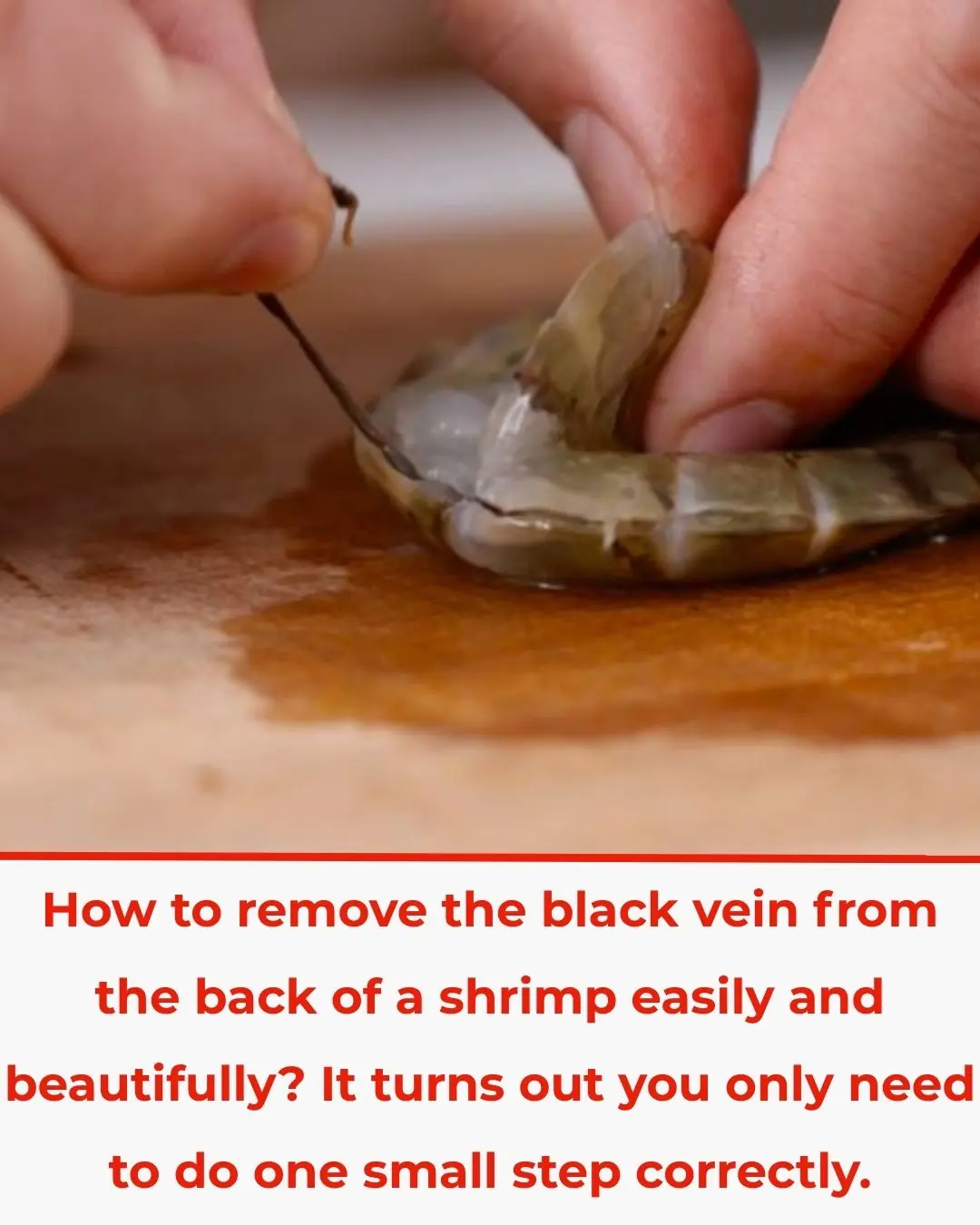
How to Easily and Neatly Devein Shrimp? Turns Out It Only Takes One Simple Step
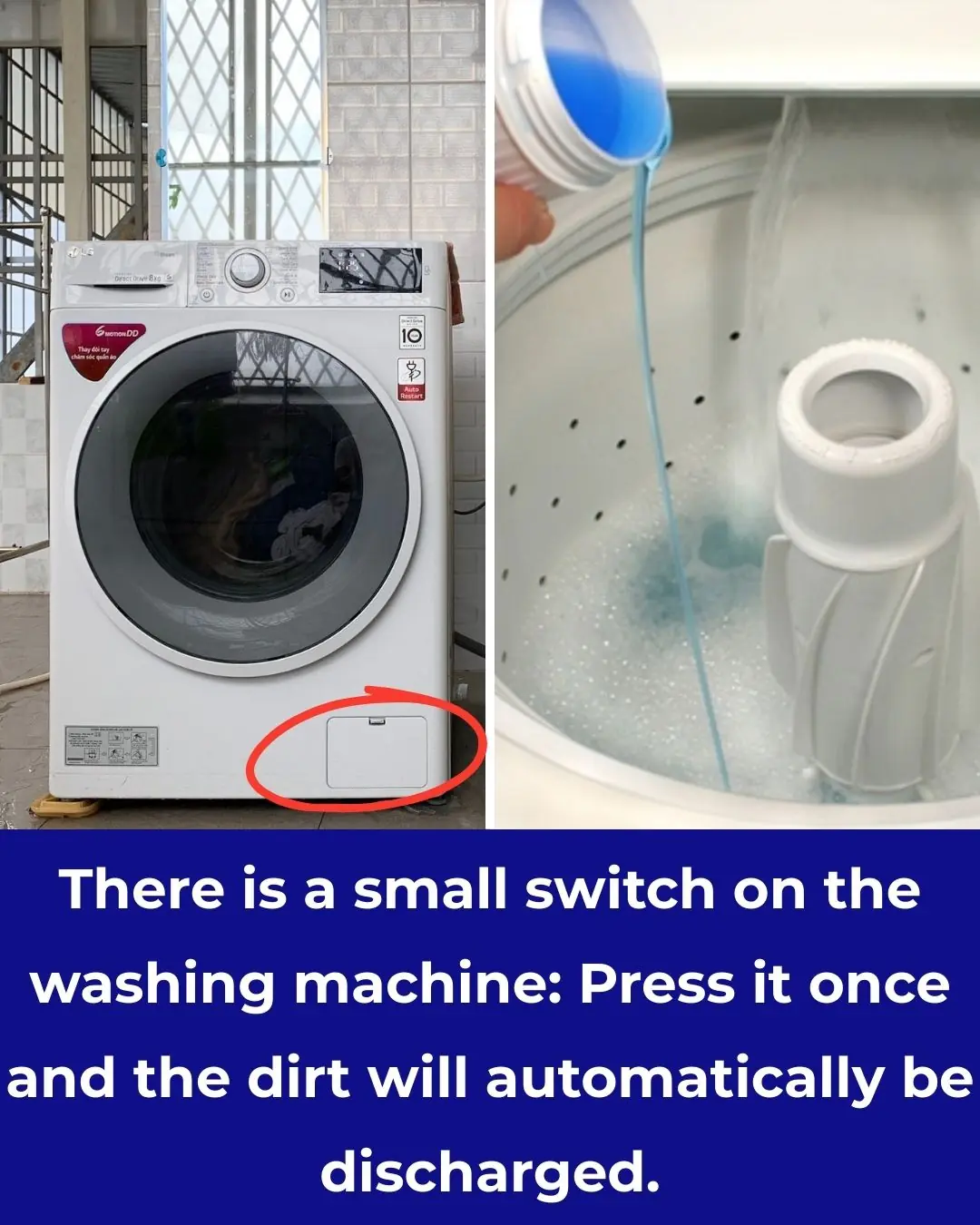
There Is a Small Switch on Your Washing Machine: Press It Once to Automatically Drain Dirty Water

Rice Water: The “Liquid Gold” in Your Home That Most People Forget to Use

Add This Simple Ingredient When Mopping – Your Floors Will Shine Like New and Stay Clean All Week!

5 Delicious Eating Habits That Put the Whole Family at Risk of C:ancer – Extremely Dangerous and Should Be Avoided Immediately

Be careful — one single action at the airport could ruin your en:tire life.

Condolences to those who are using these 4 types of electric kettles: Throw them away while you still can, thousands of people have already developed c:ancer.

Don't Throw Away That Old Non-Stick Pan! Try This Simple Trick to Make It Like New
News Post

The difference between the spirit of a loved one and other forces

Your Heart Emits a Magnetic Field 100x Stronger Than Your Brain – And It Can Be Detected 3 Feet Beyond Your Body

🌱 Discover Papaya Seeds: Nature’s Tiny Powerhouse for Total Wellness
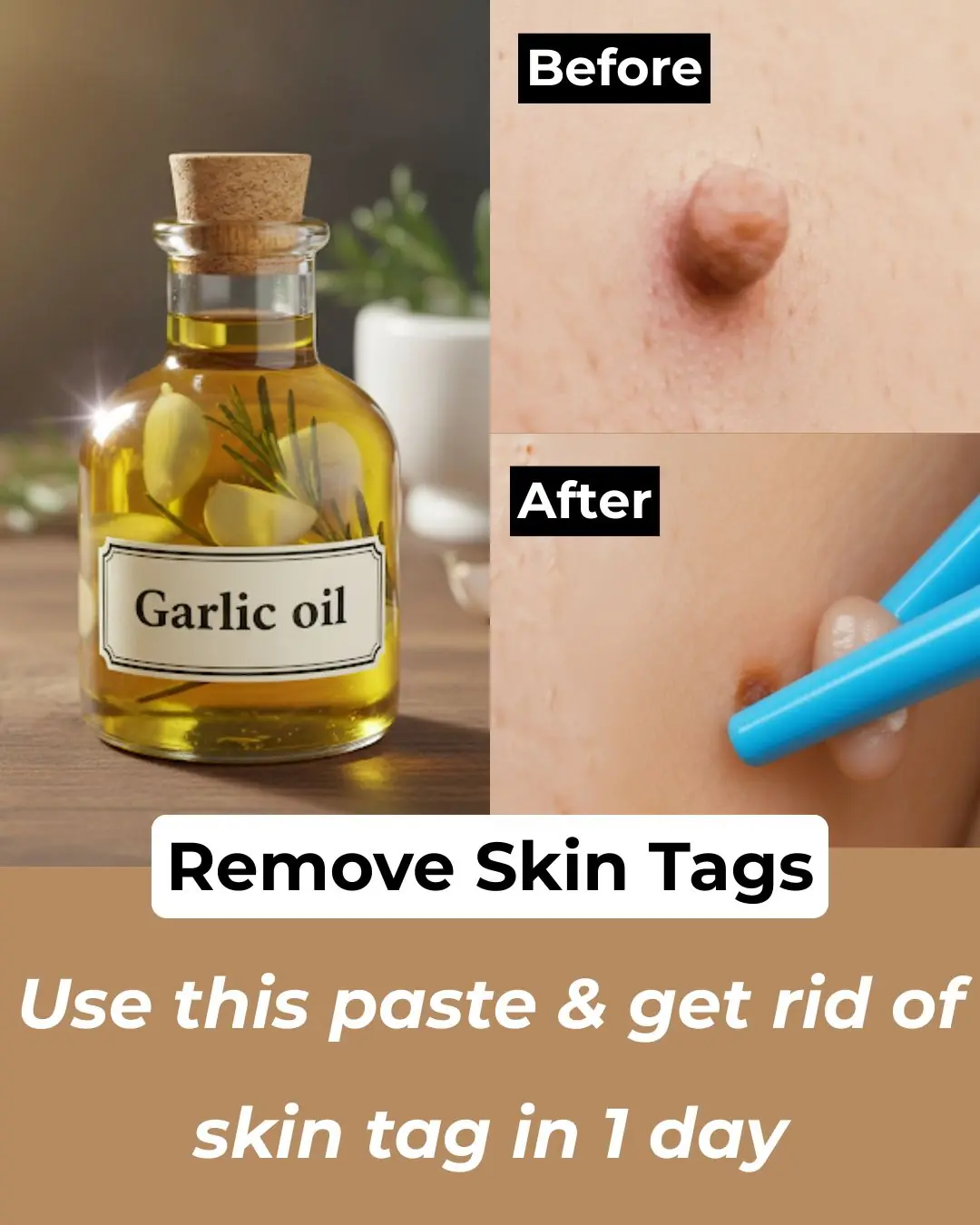
3 Home Remedies to get rid of Skin Tags – Skin Tag Removal

Homemade Herbal Bath Powder For Clear Skin: Bridal Skincare Ubtan
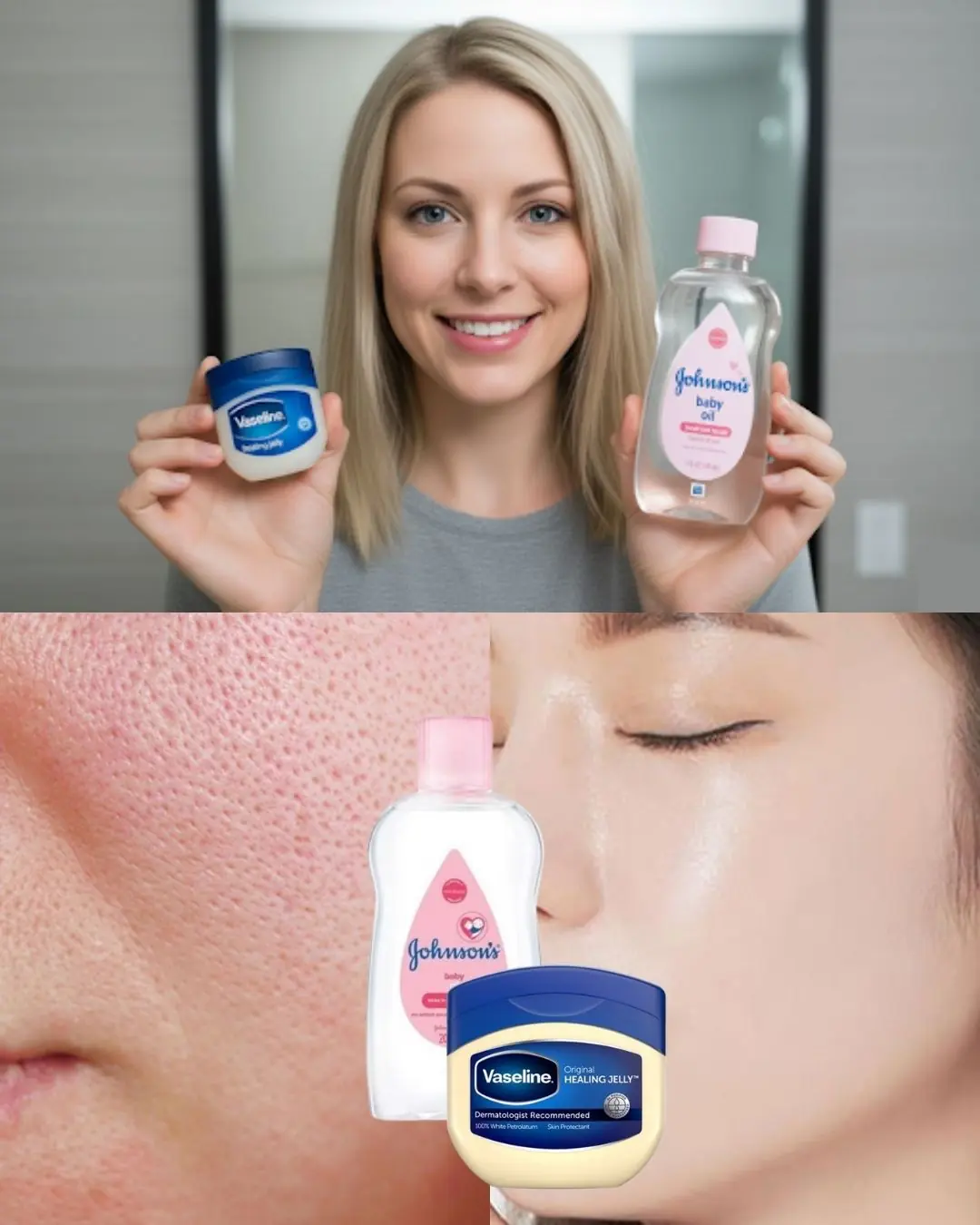
Mix Baby Oil with Vaseline: The Simple Skincare Trick for Youthful, Wrinkle-Free Skin

How Your Body Secretly Tells You You're Stressed

New Study Shows That Sitting in Silence for Only Two Hours Can Trigger Significant Growth in New Brain Cells

Foods That Can Quietly Drain Calcium From Your Body

Just Simply Looking at a Sick Person Is Enough to Trigger Your Immune Response, Study Shows
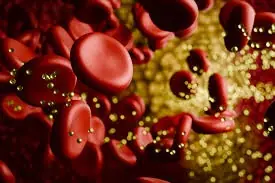
Scientists Discover an “Off Switch” for Cholesterol — And It Could Save Millions of Lives

Why Does Your Eye Twitch Randomly? An Eye Doctor Explains

Think Twice Before Pairing: 6 Foods You Shouldn’t Eat with Eggs
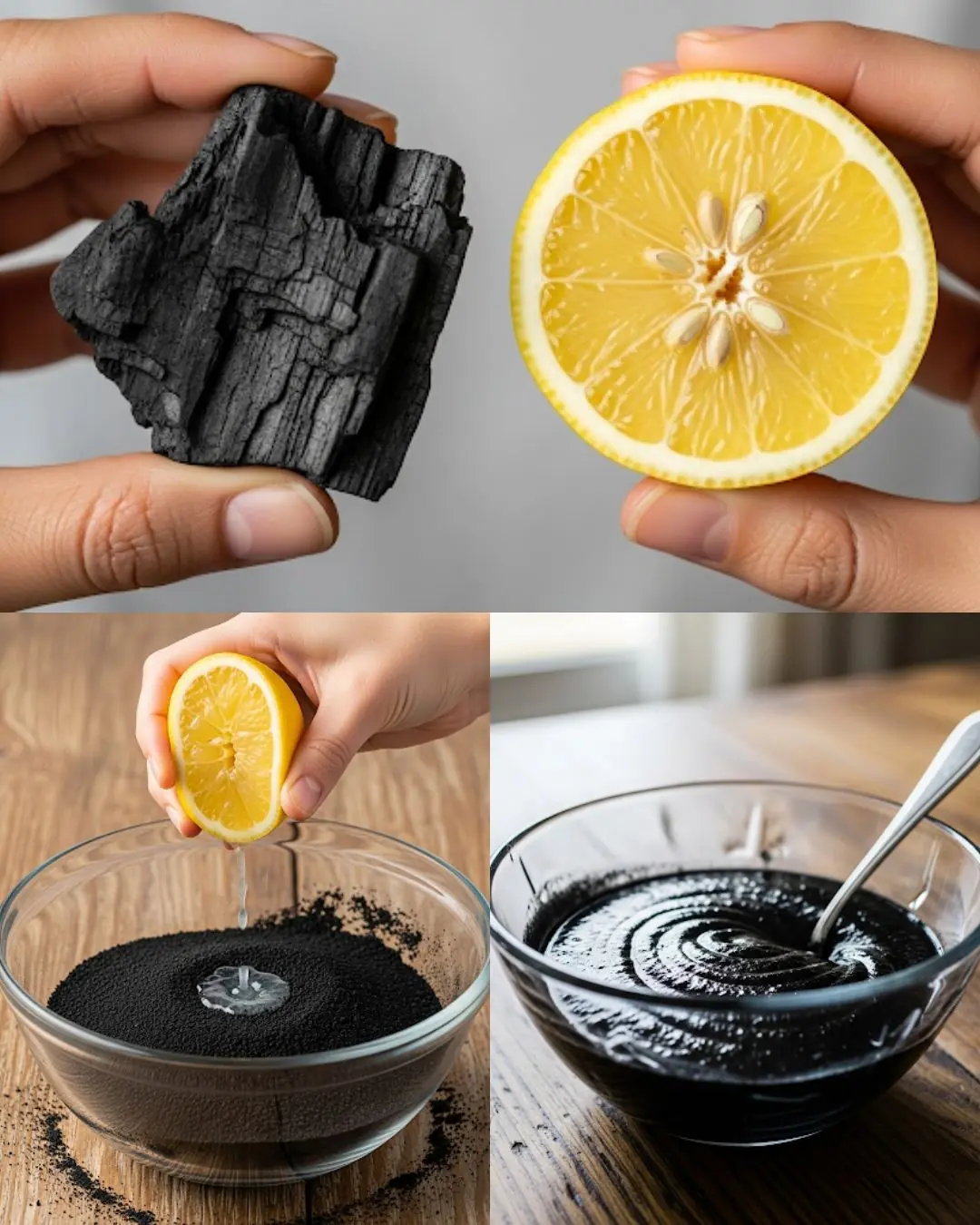
The Magic of Lemon Juice and Activated Charcoal: Natural DIY Solutions for Skin and Teeth
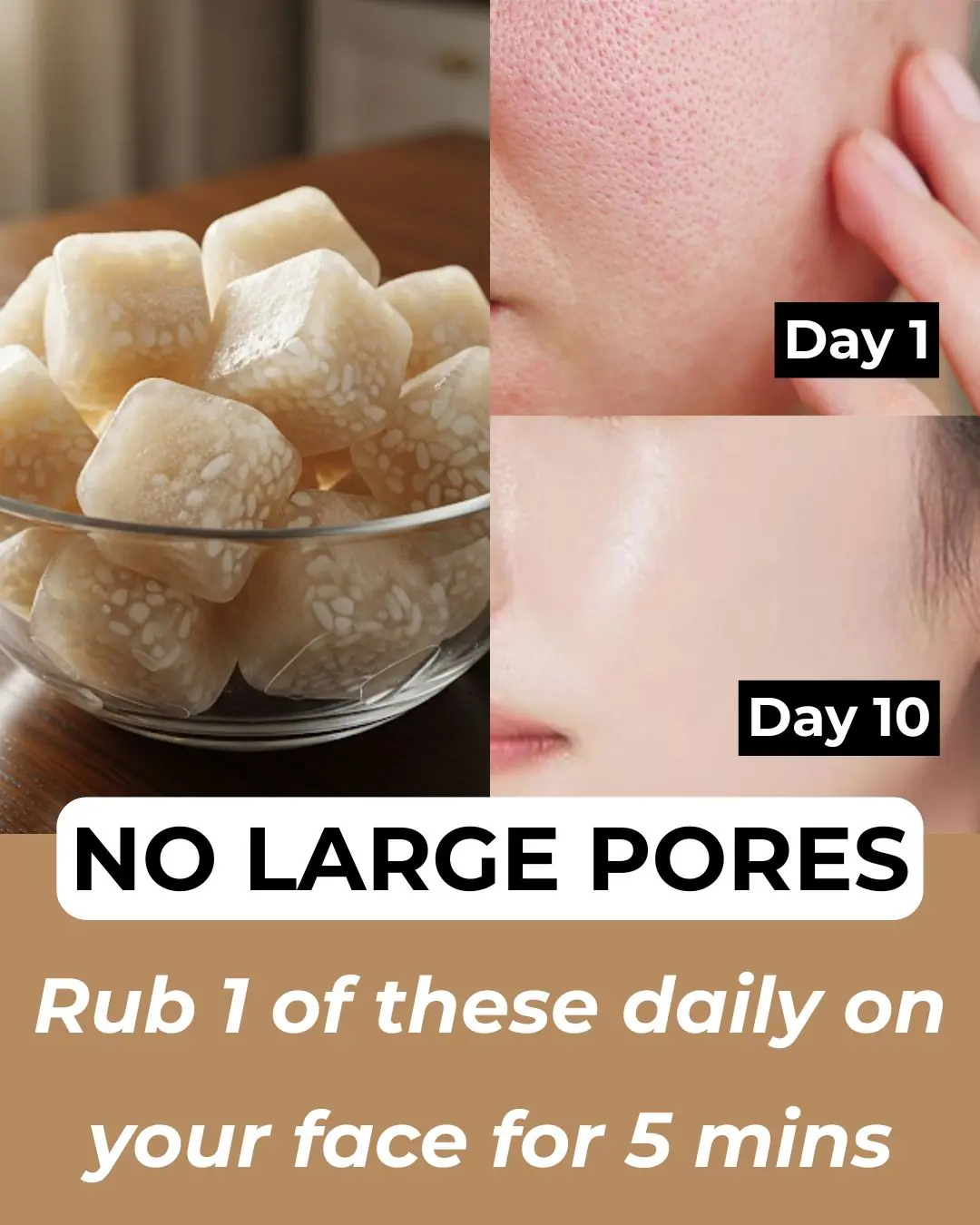
Open Pores To Glass Skin Transformation

Here’s how much the Powerball winner will owe in taxes after the $1.8 billion jackpot
The Powerball jackpot has climbed to an astronomical $1.8 billion, the second-largest prize in U.S. history. But before the lucky winner can celebrate a life of luxury, the taxman will be waiting with a massive bill that could drain hundreds of millions f

Casino Scandal: Woman Denied £33 Million Jackpot and Offered a Steak Dinner Instead
A New York woman’s dream of instant fortune turned into a nightmare after a slot machine declared her the winner of nearly £33 million—only for the casino to claim it was a “malfunction” and offer her a steak dinner as compensation.

Look-alike athletes who even share the same name took DNA test to see if they’re actually related
It sounds like the plot of a sports comedy, but it actually happened. Two professional baseball players who looked like mirror images of each other — and even shared the exact same name — decided to take a DNA test to uncover whether fate had made the

Keira Knightley had to go through years of therapy to get over trauma after starring in "Pirates of the Caribbean"
The role that turned Keira Knightley into a global star also came with a heavy price. Behind the glamour of Hollywood red carpets, she silently battled trauma, anxiety, and the crushing weight of fame as a teenager.
